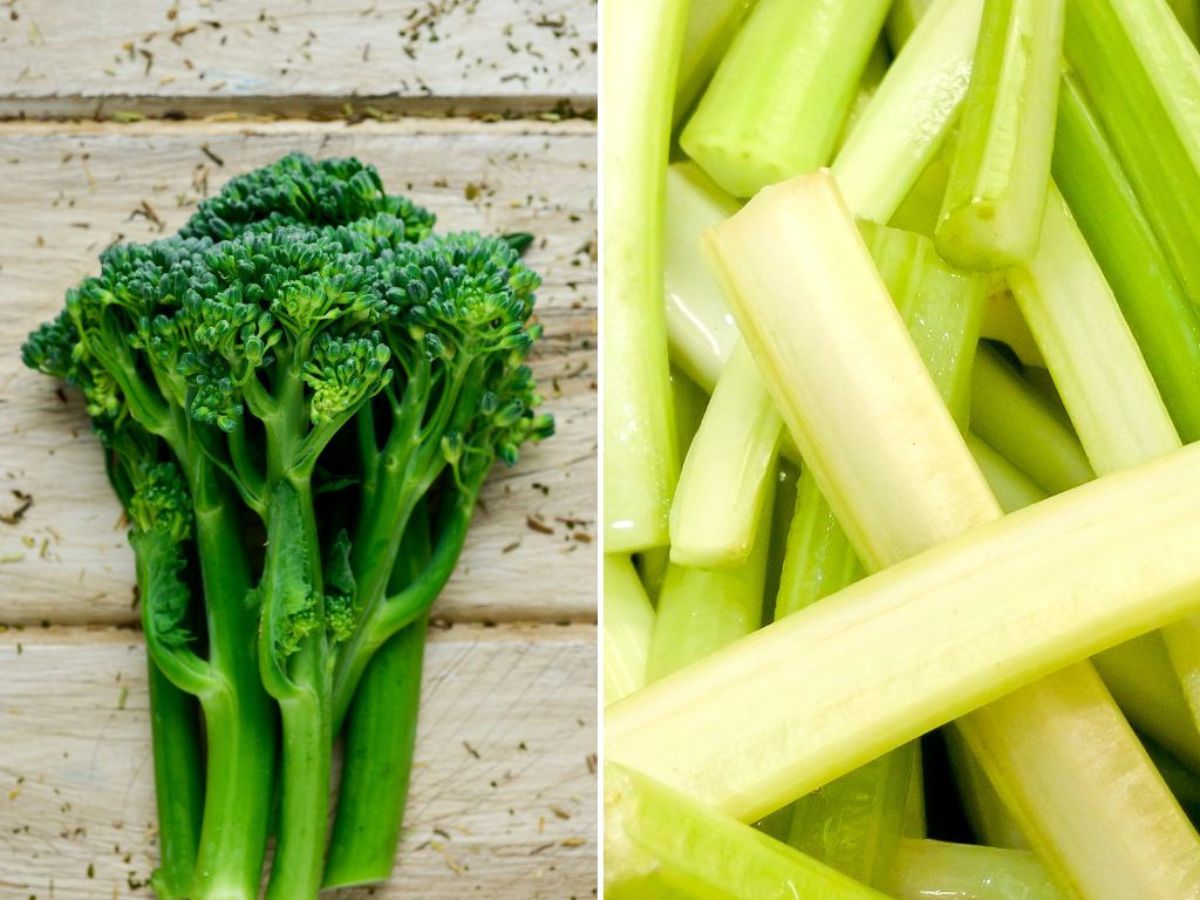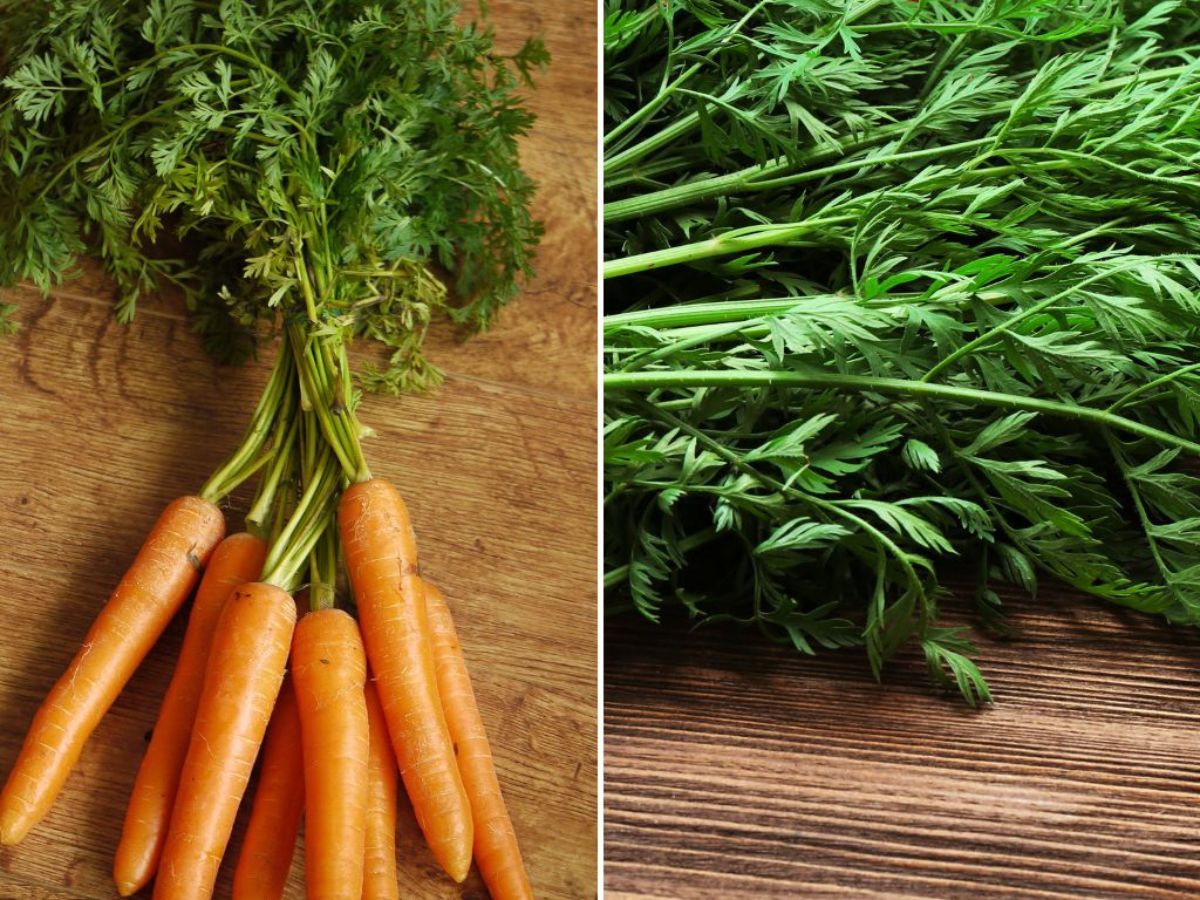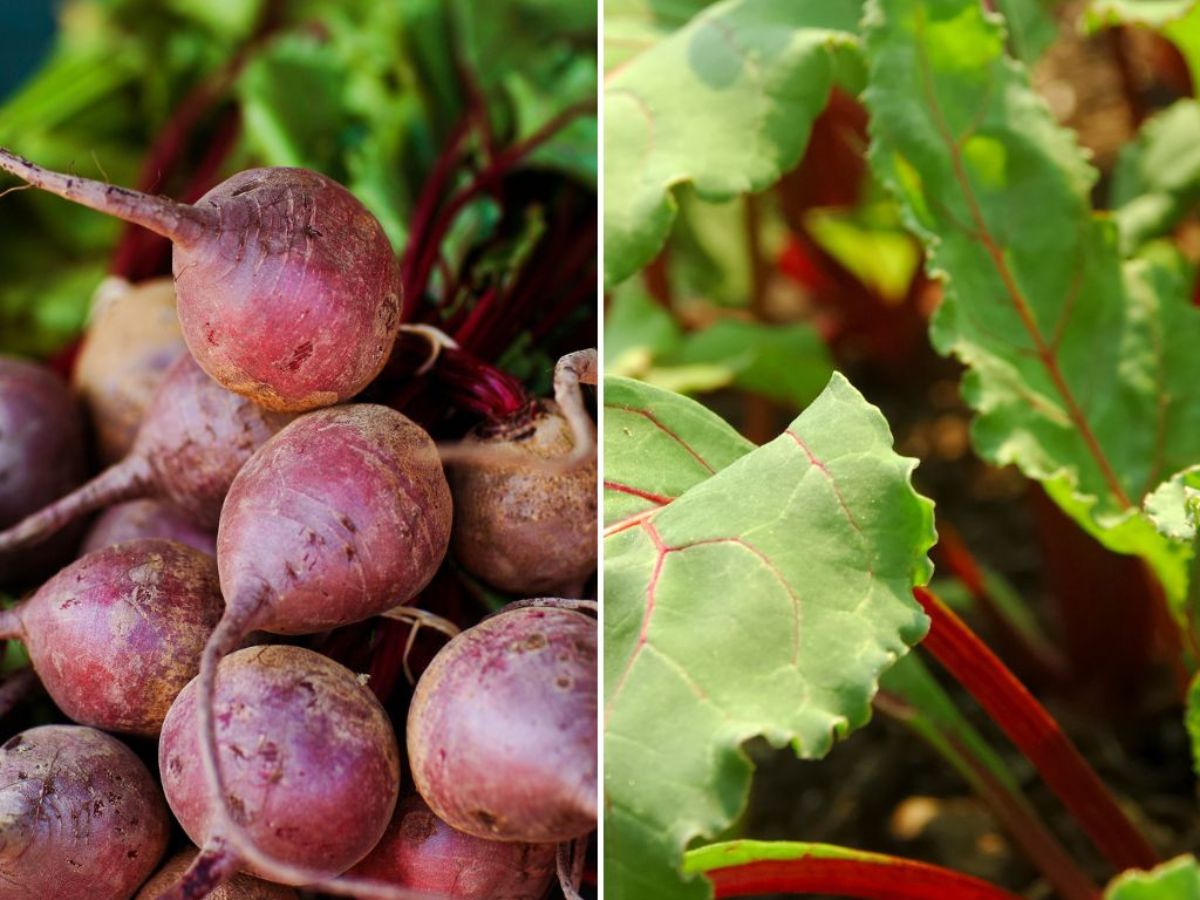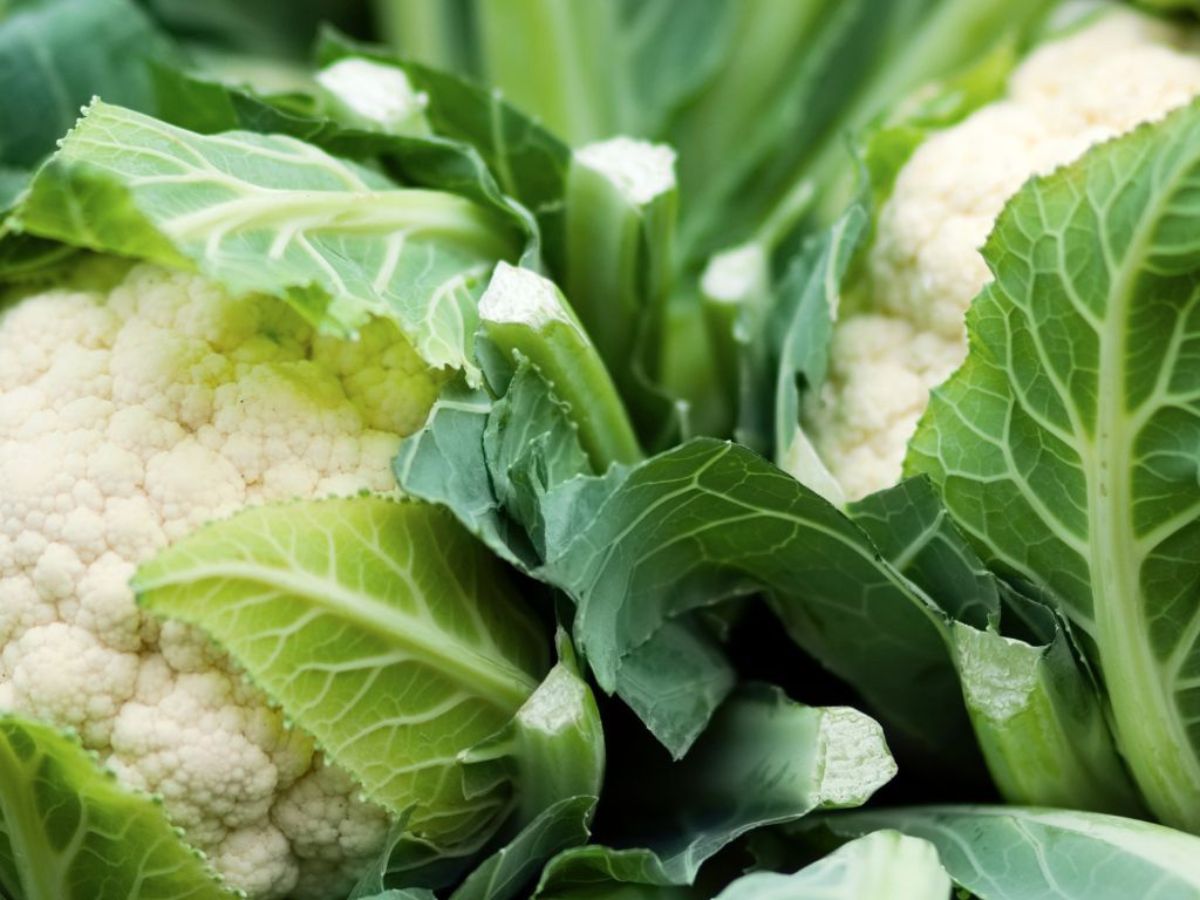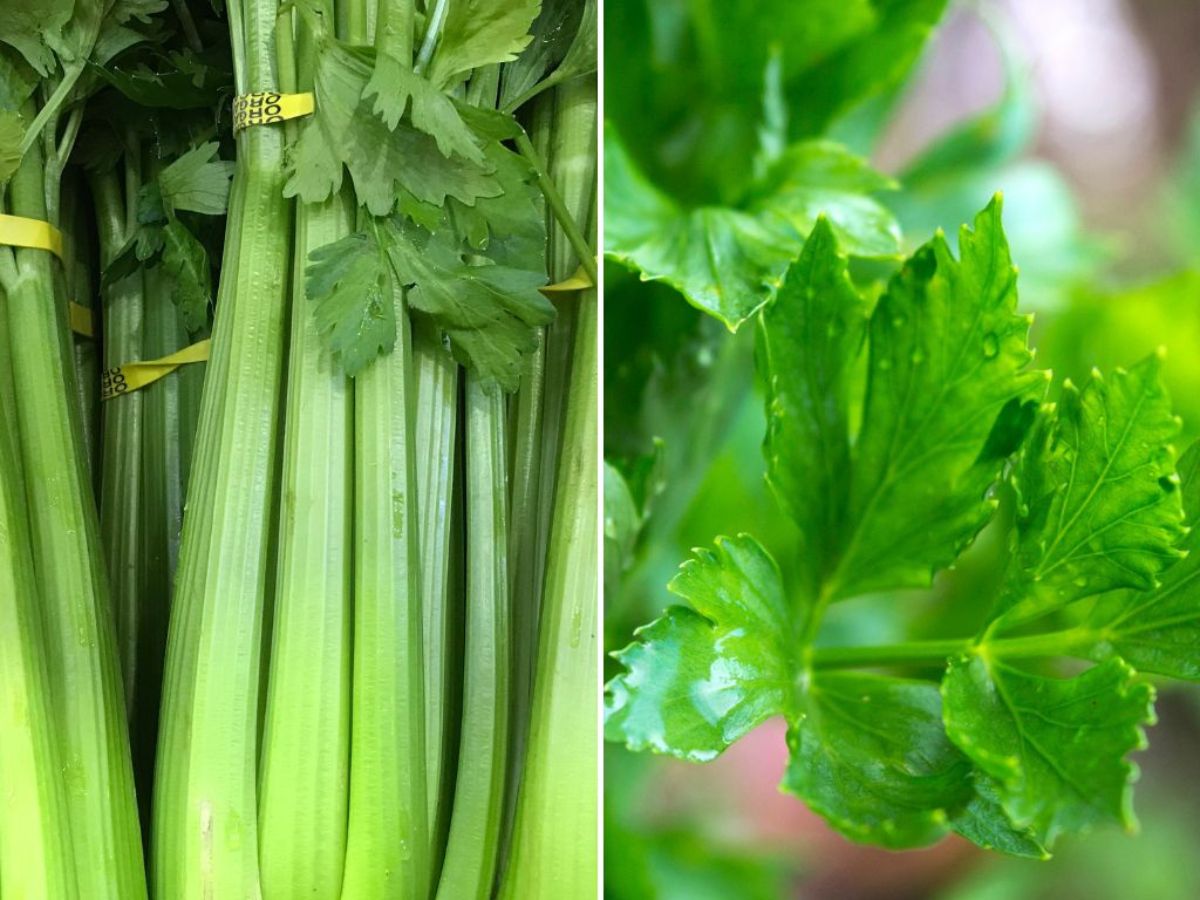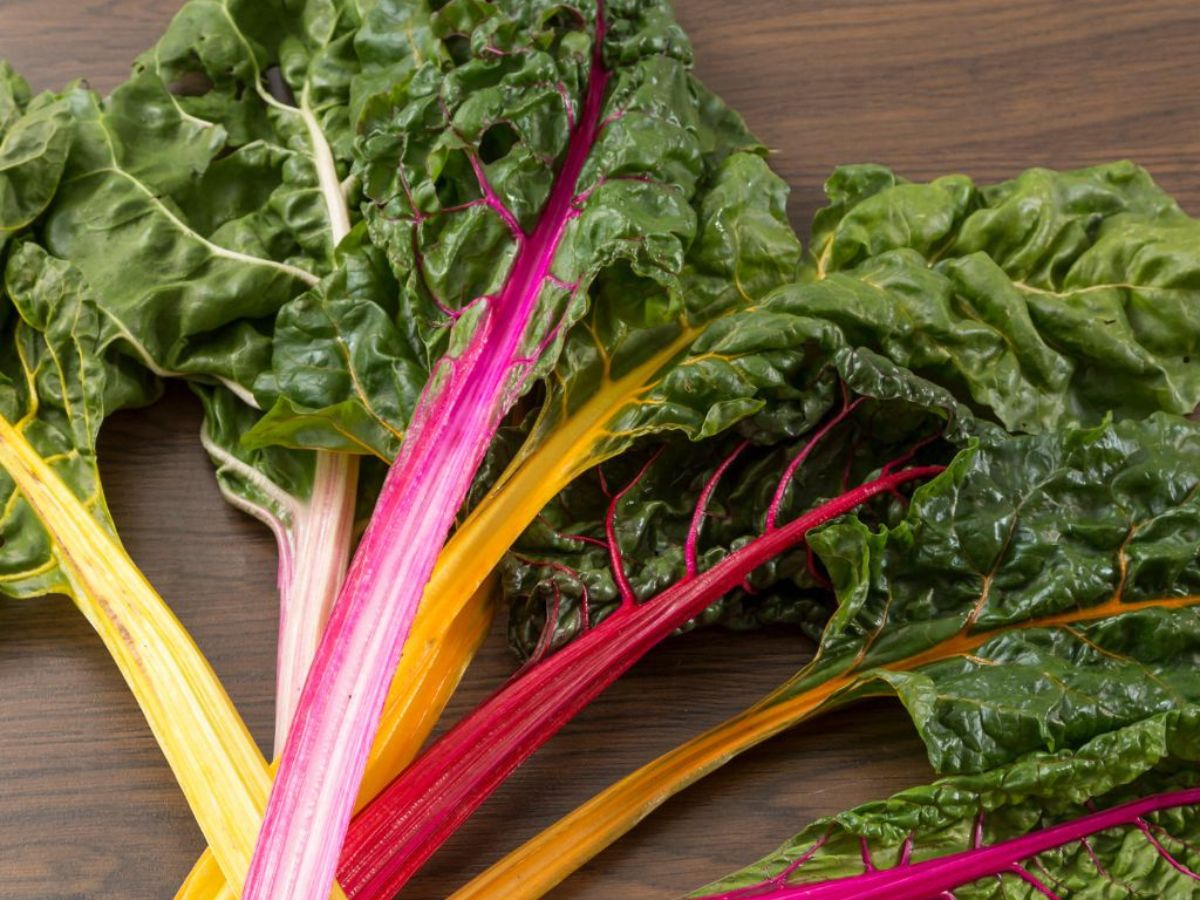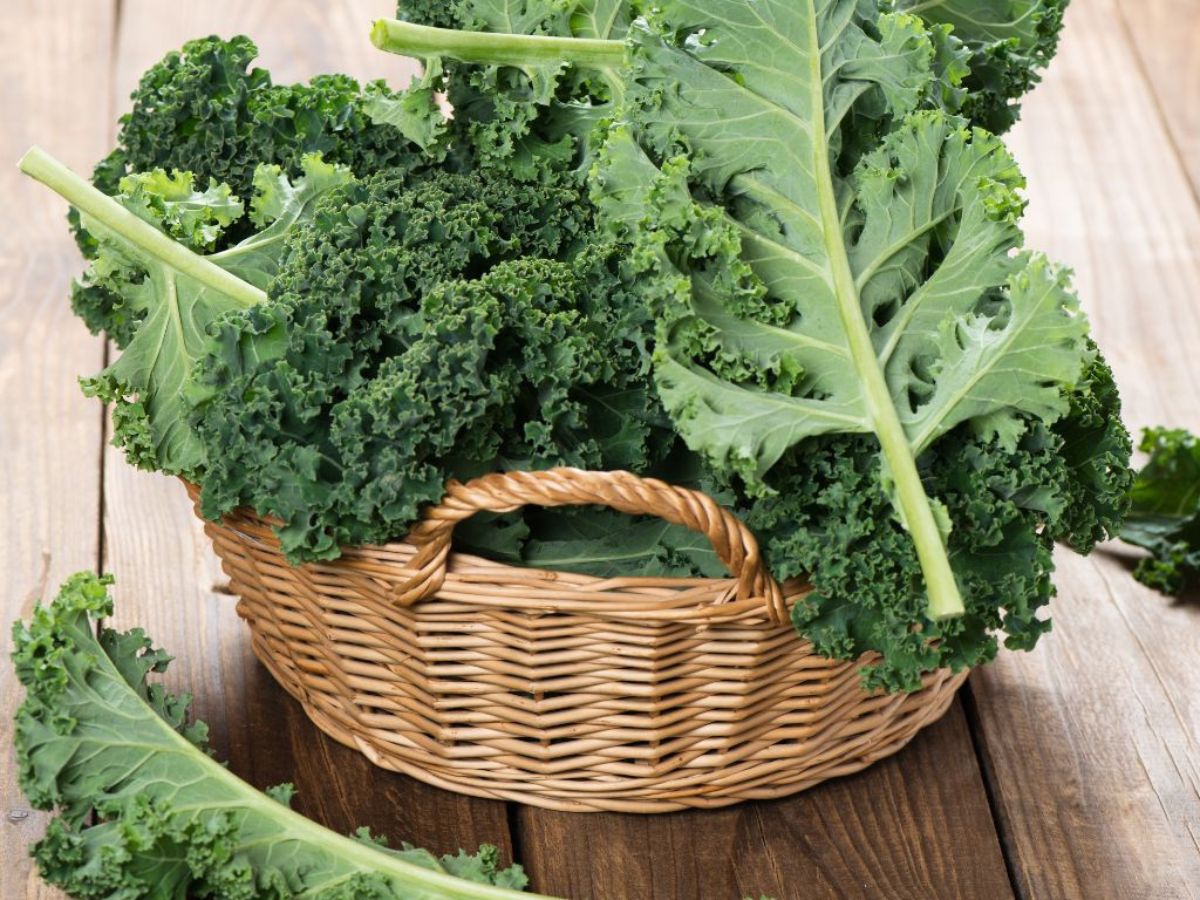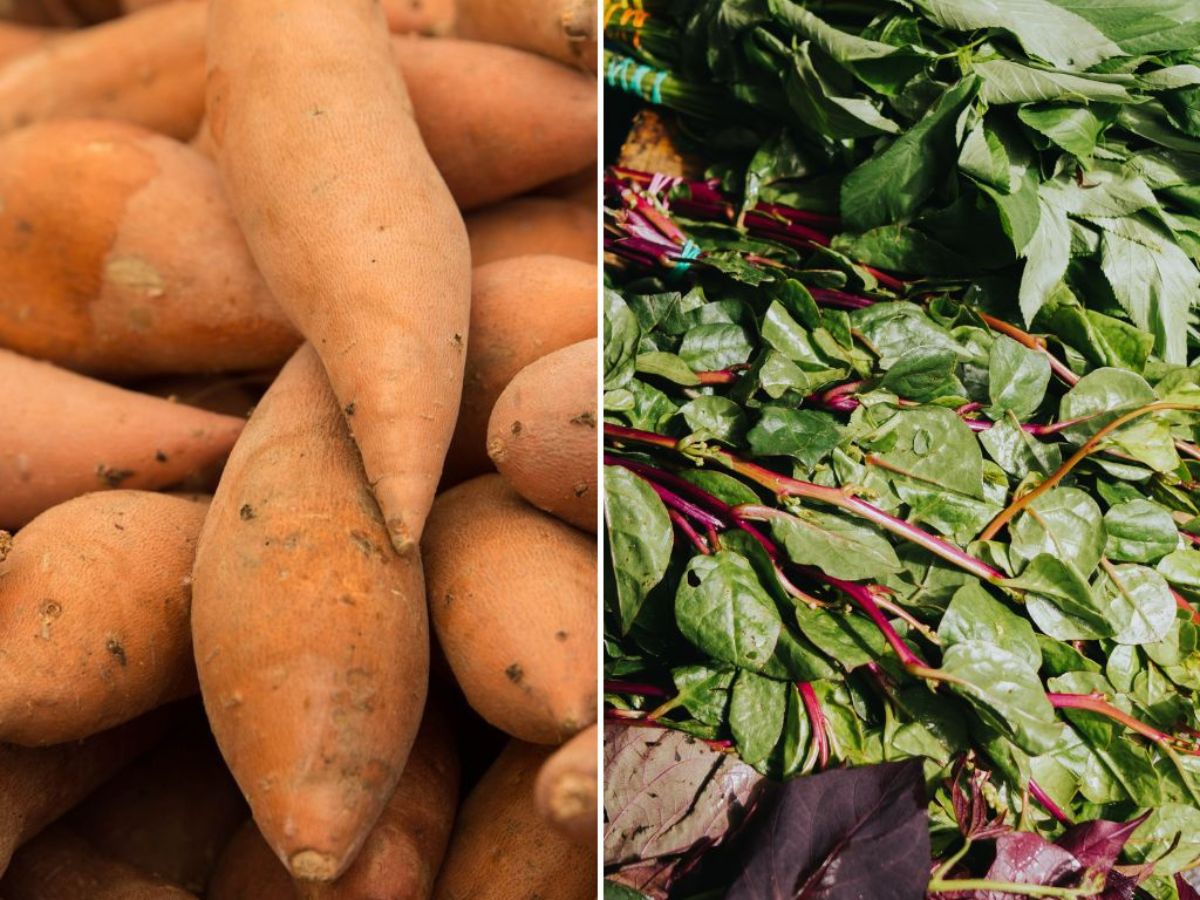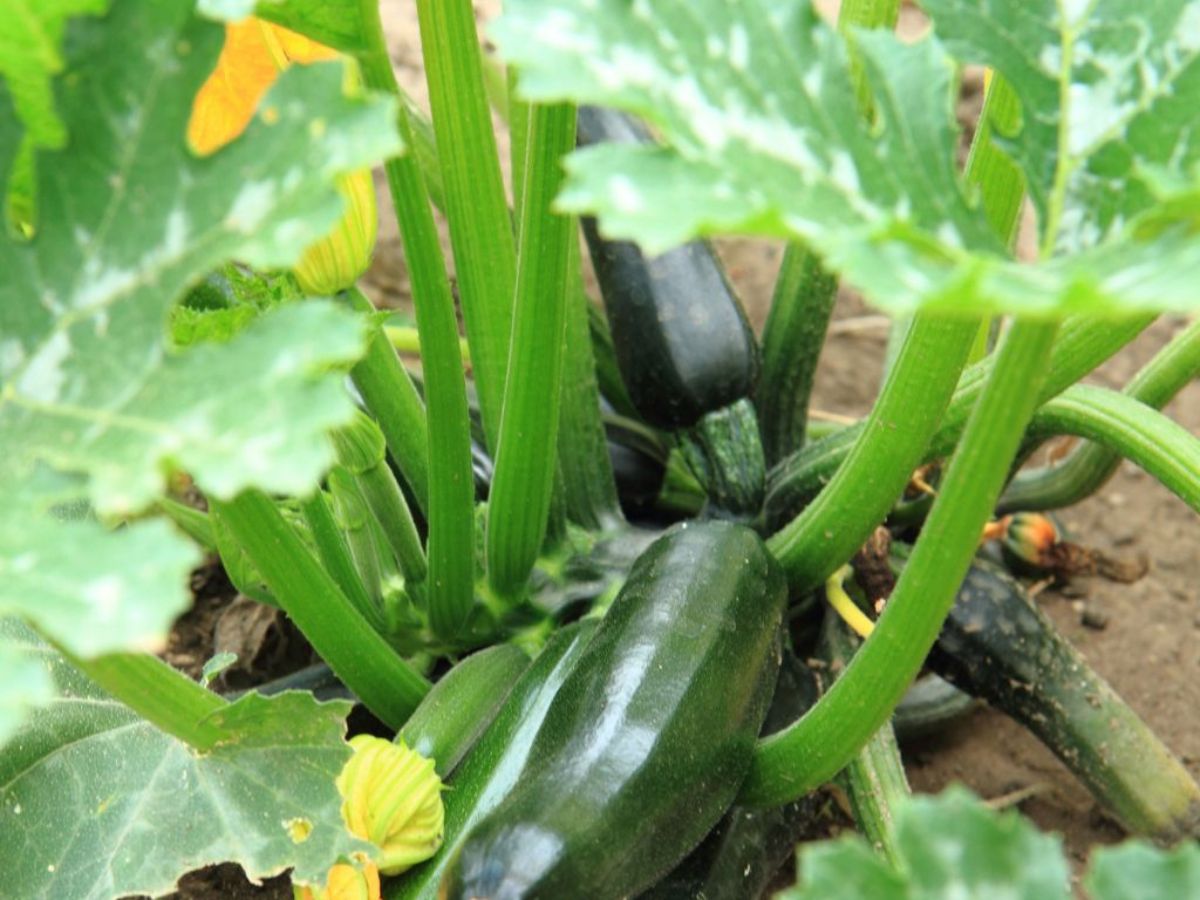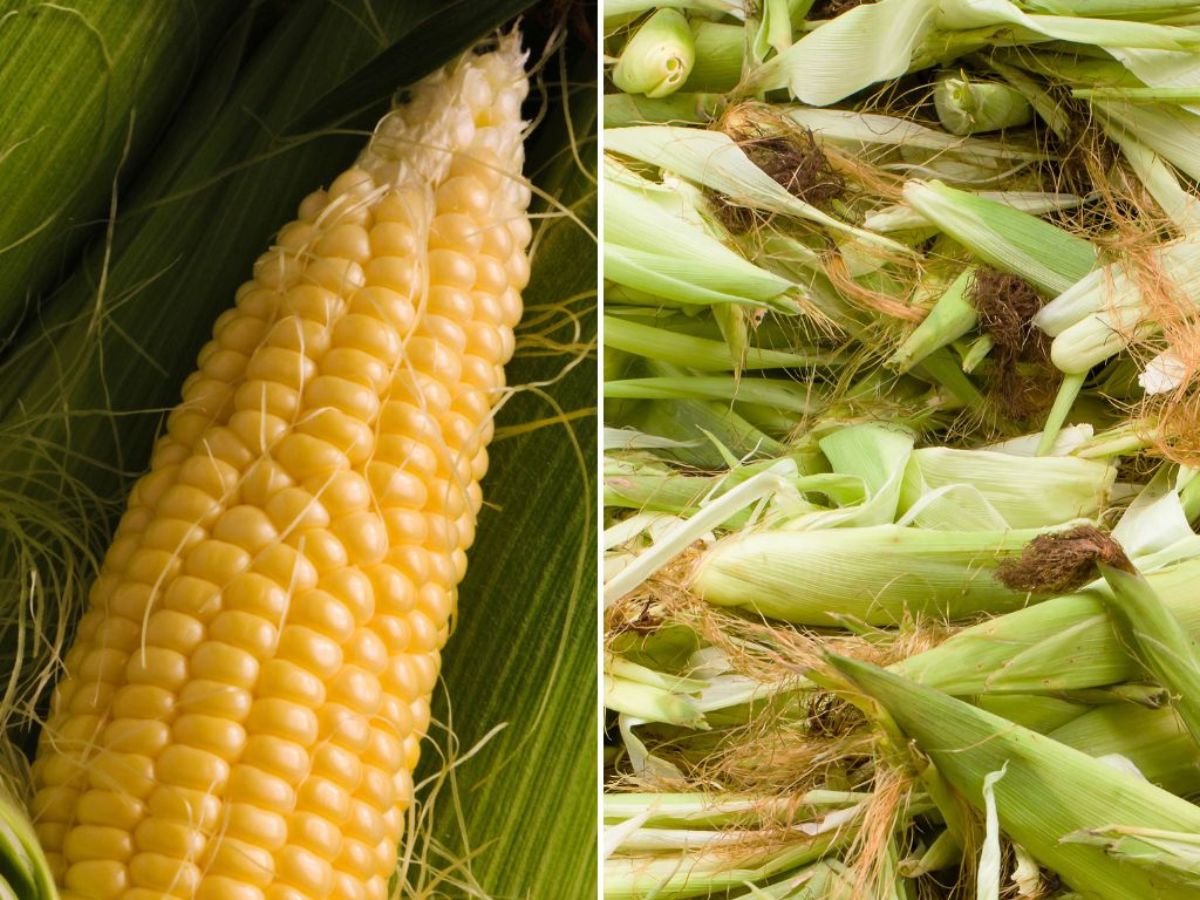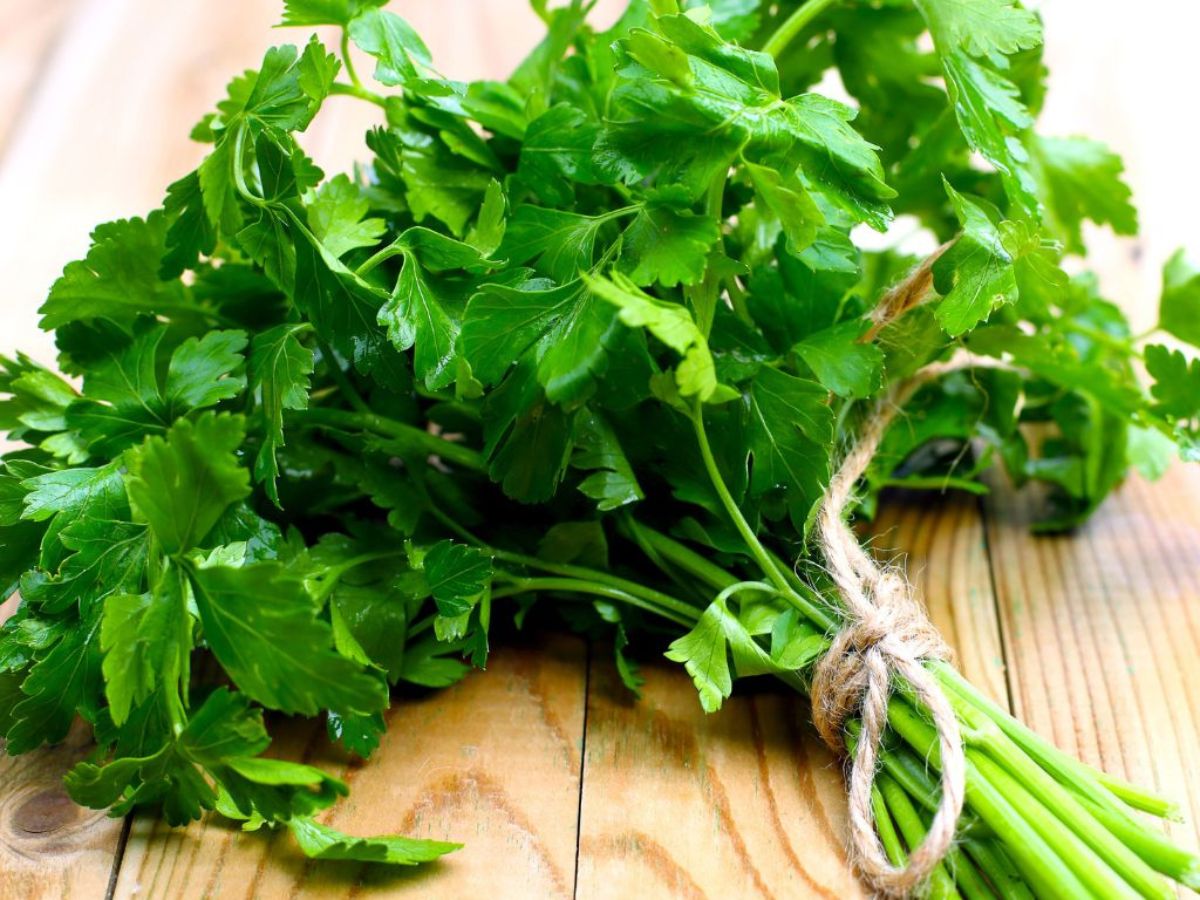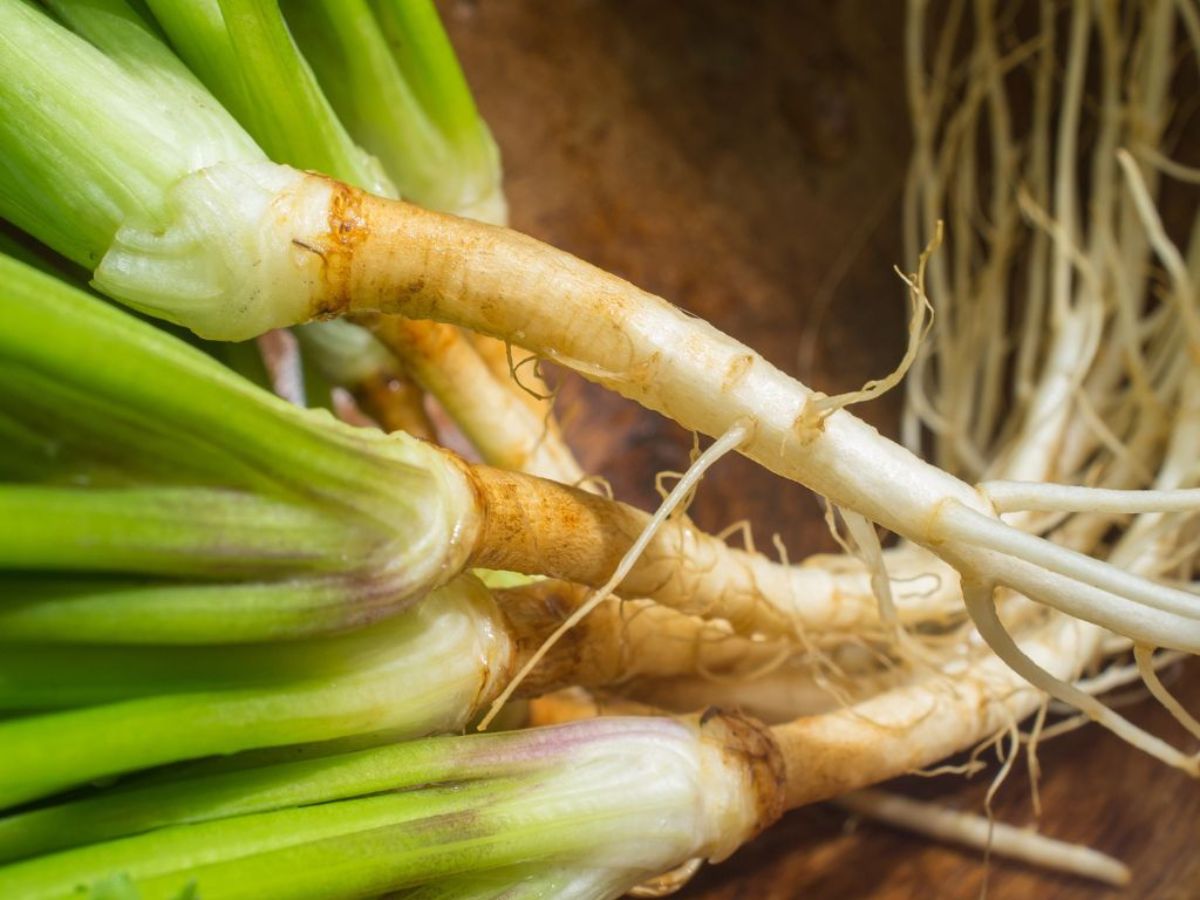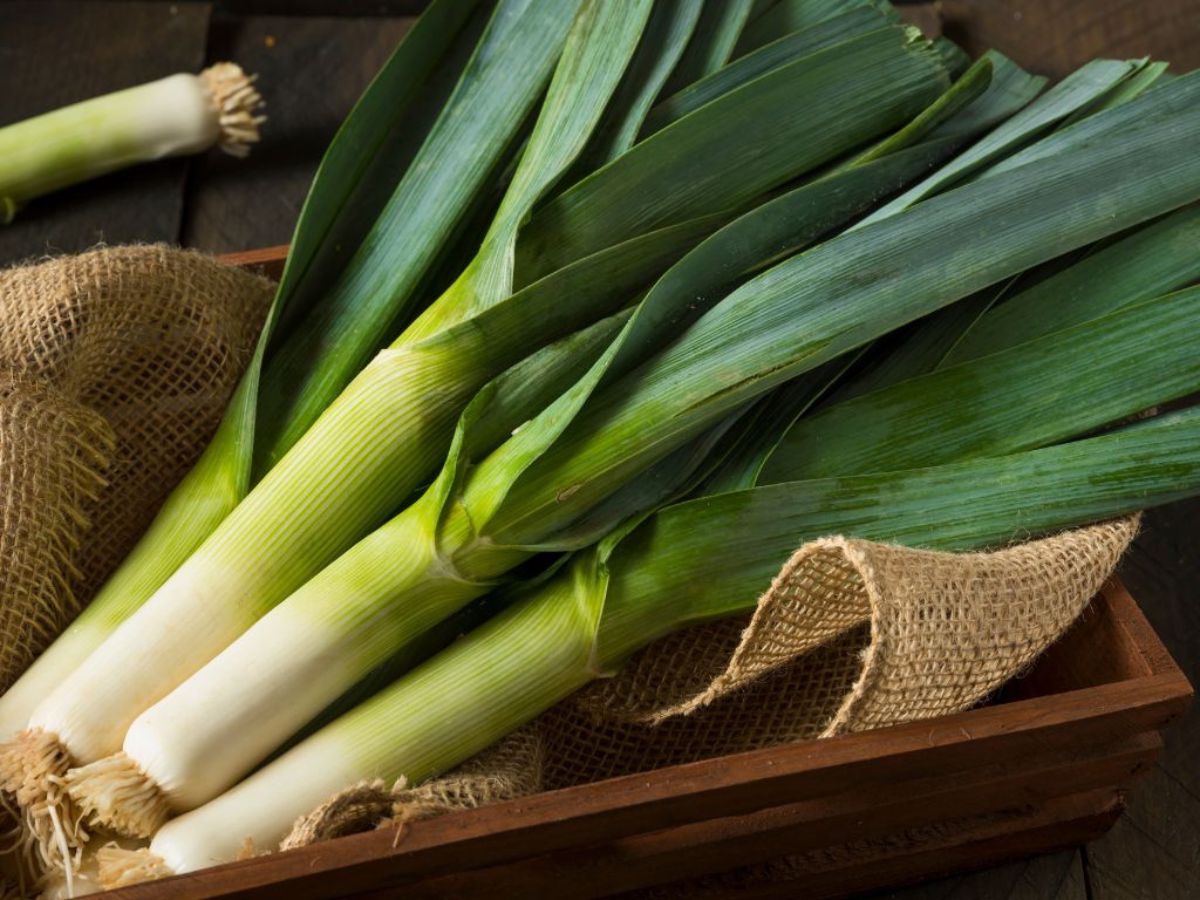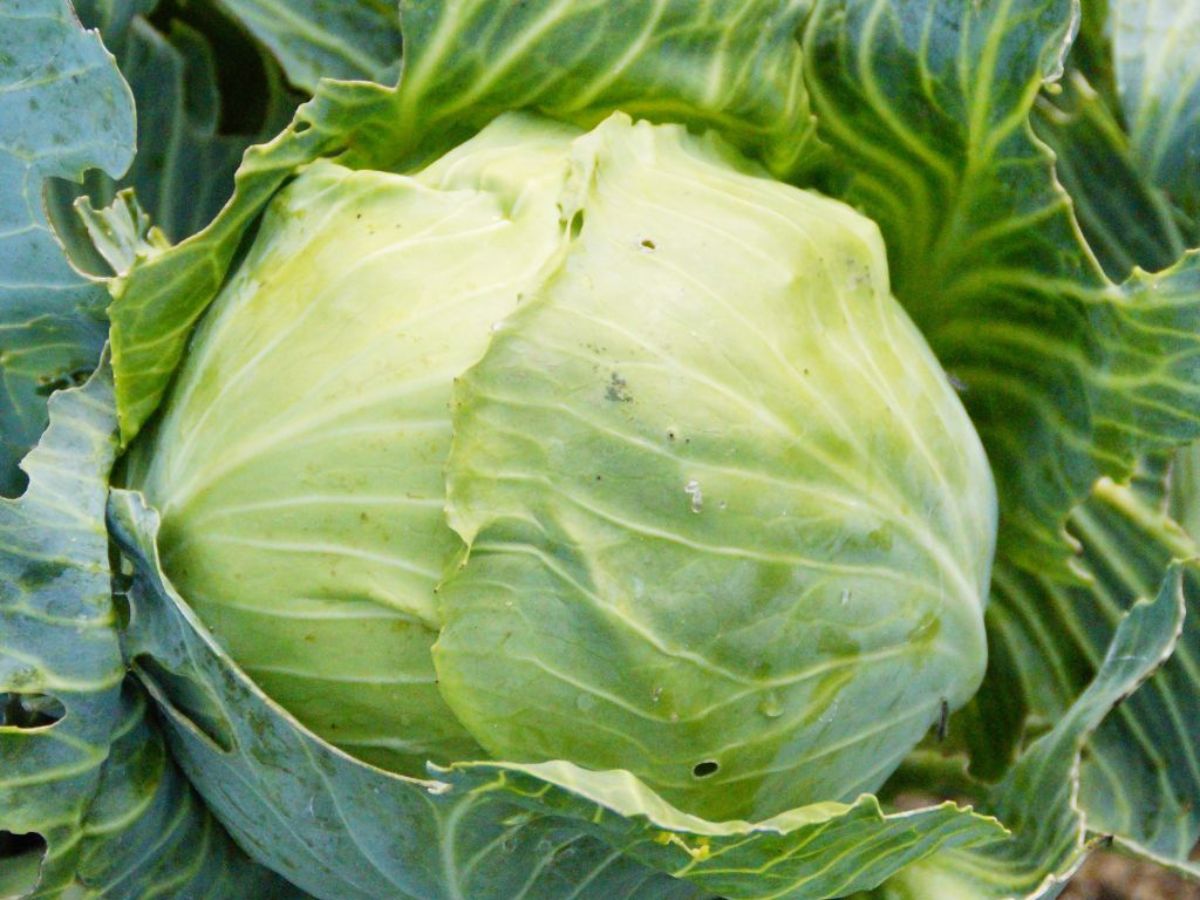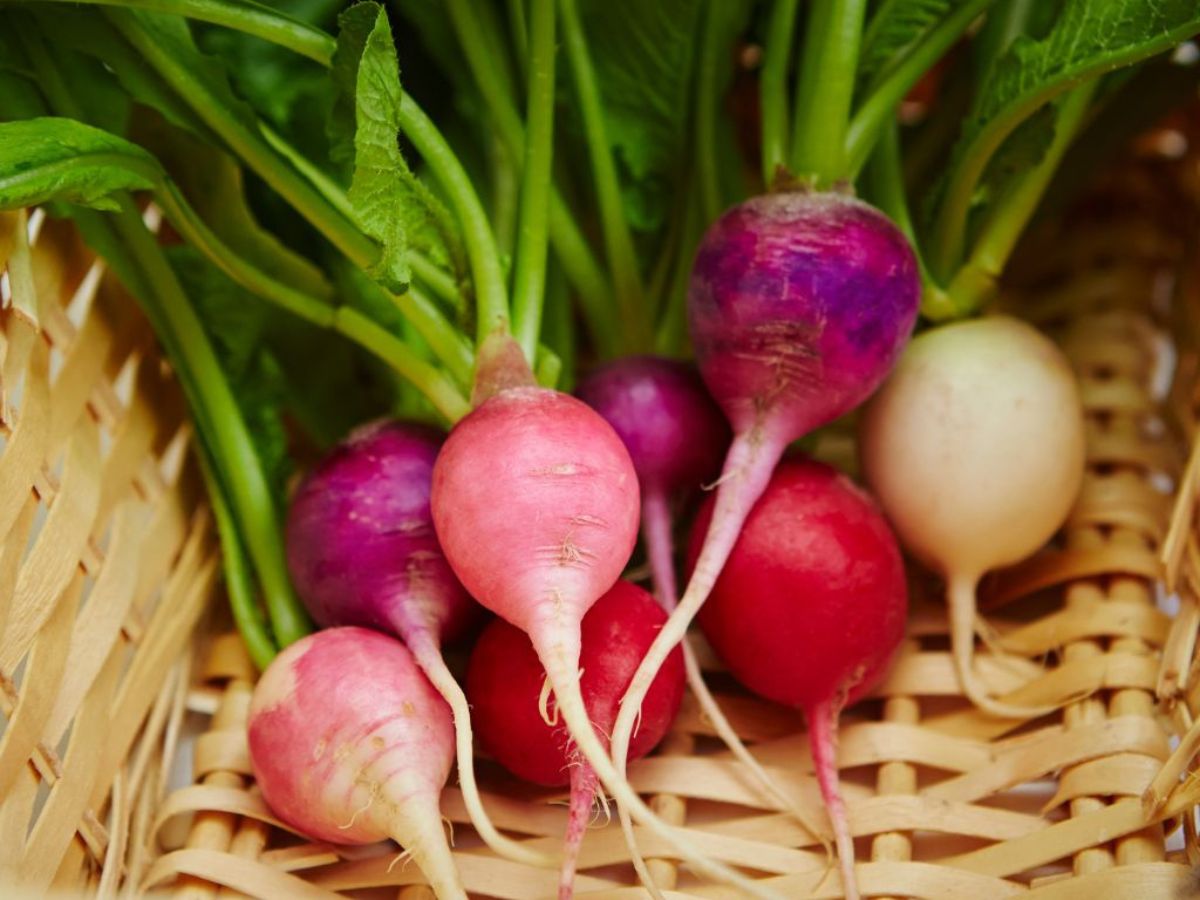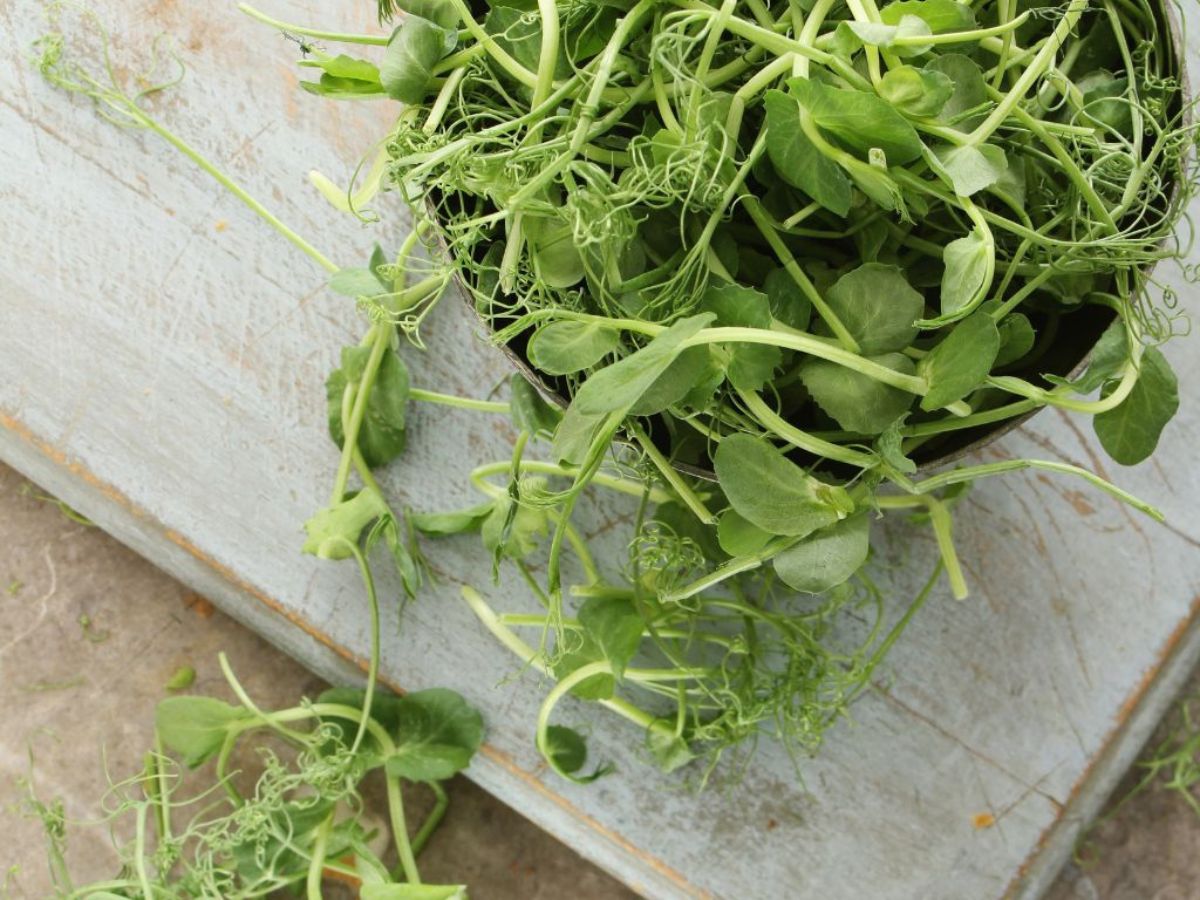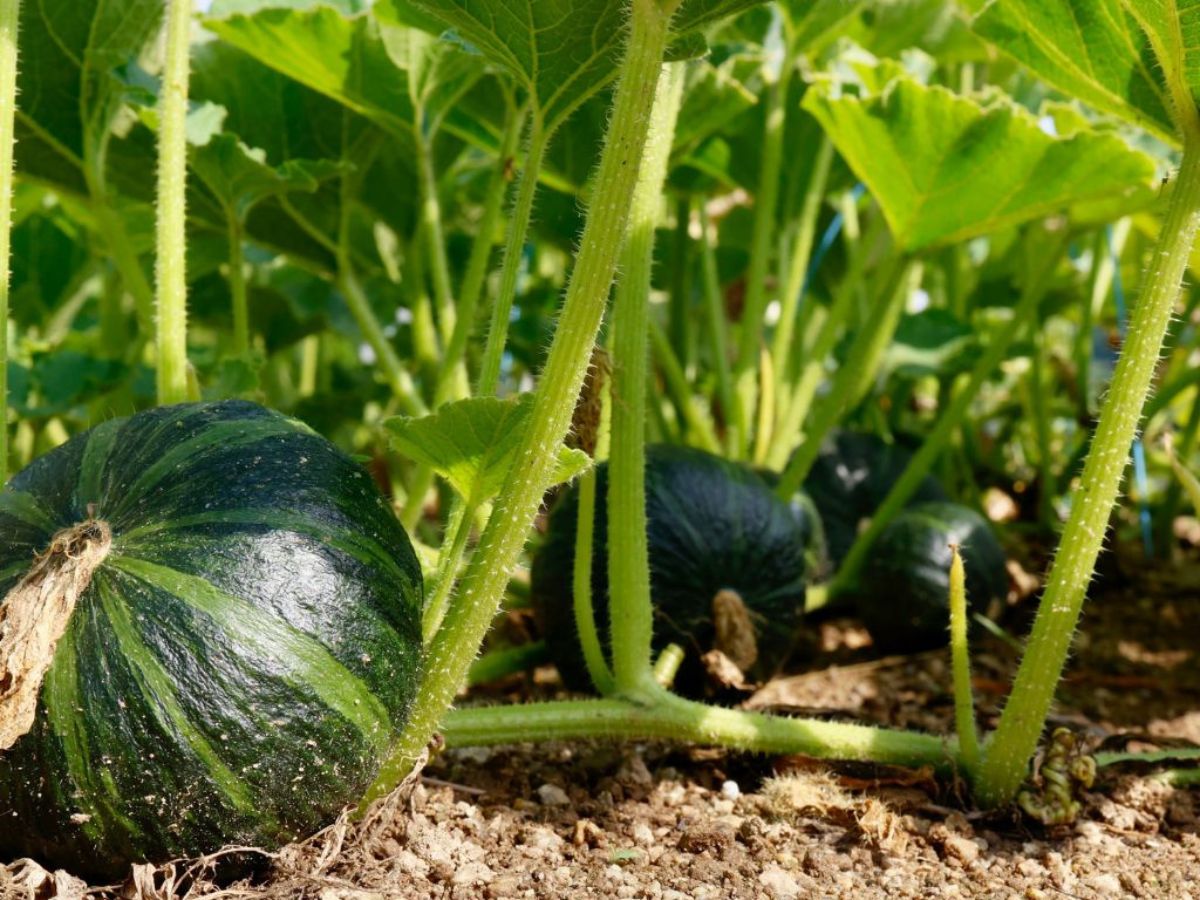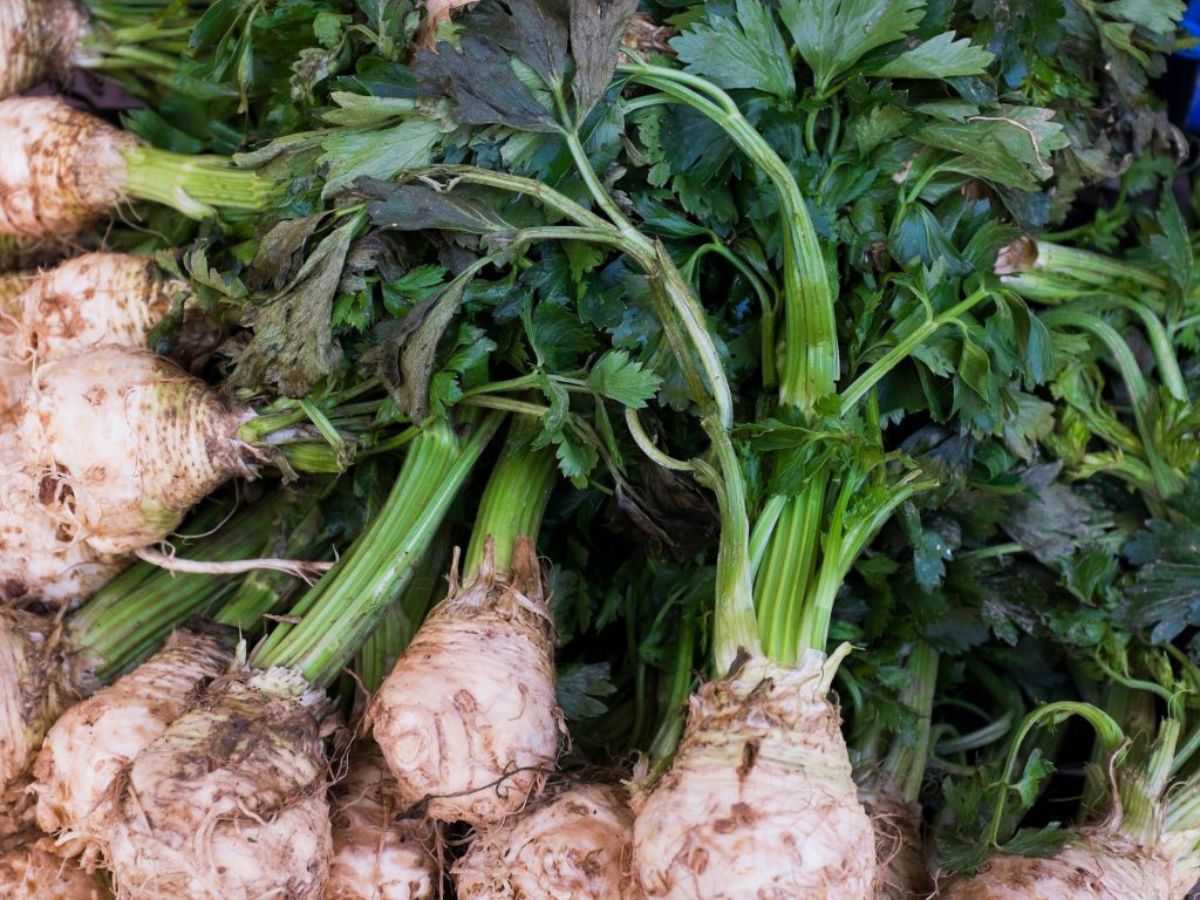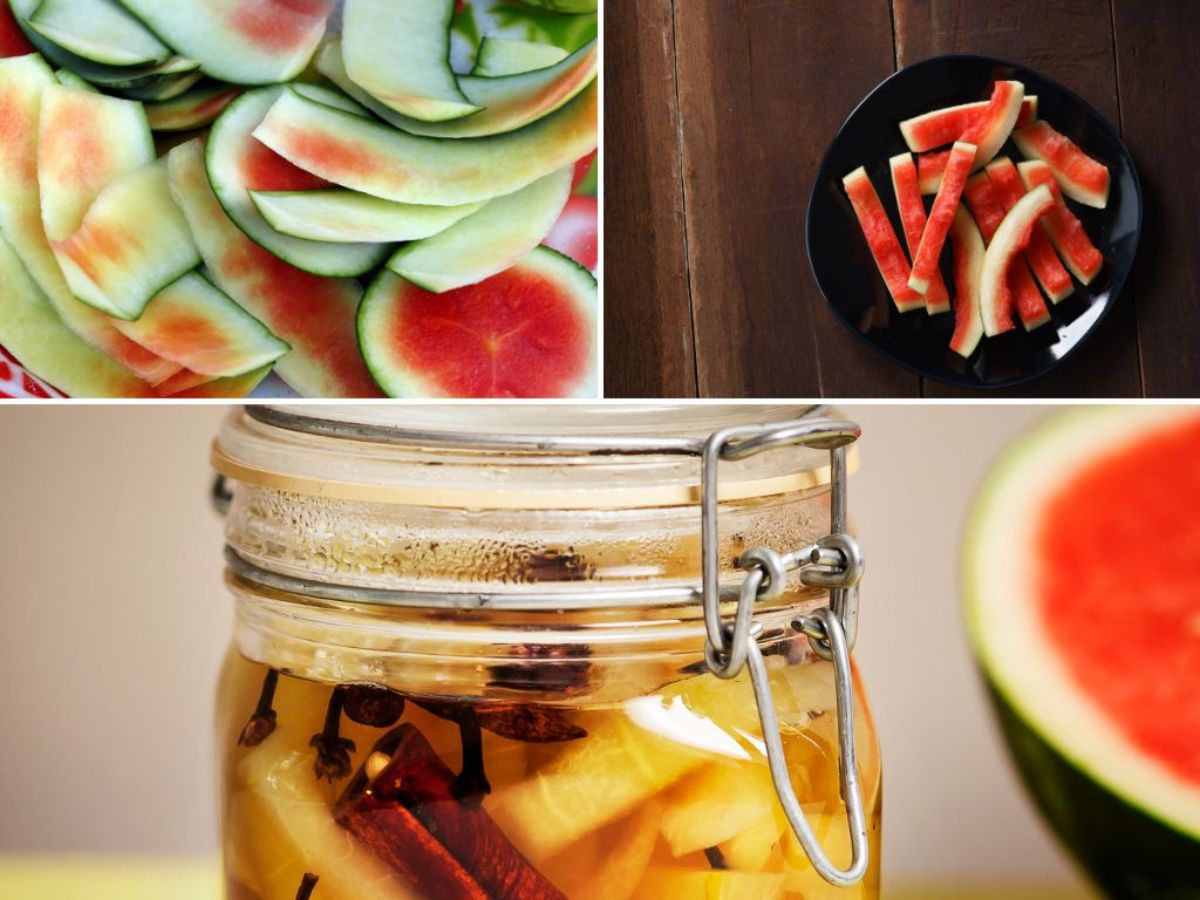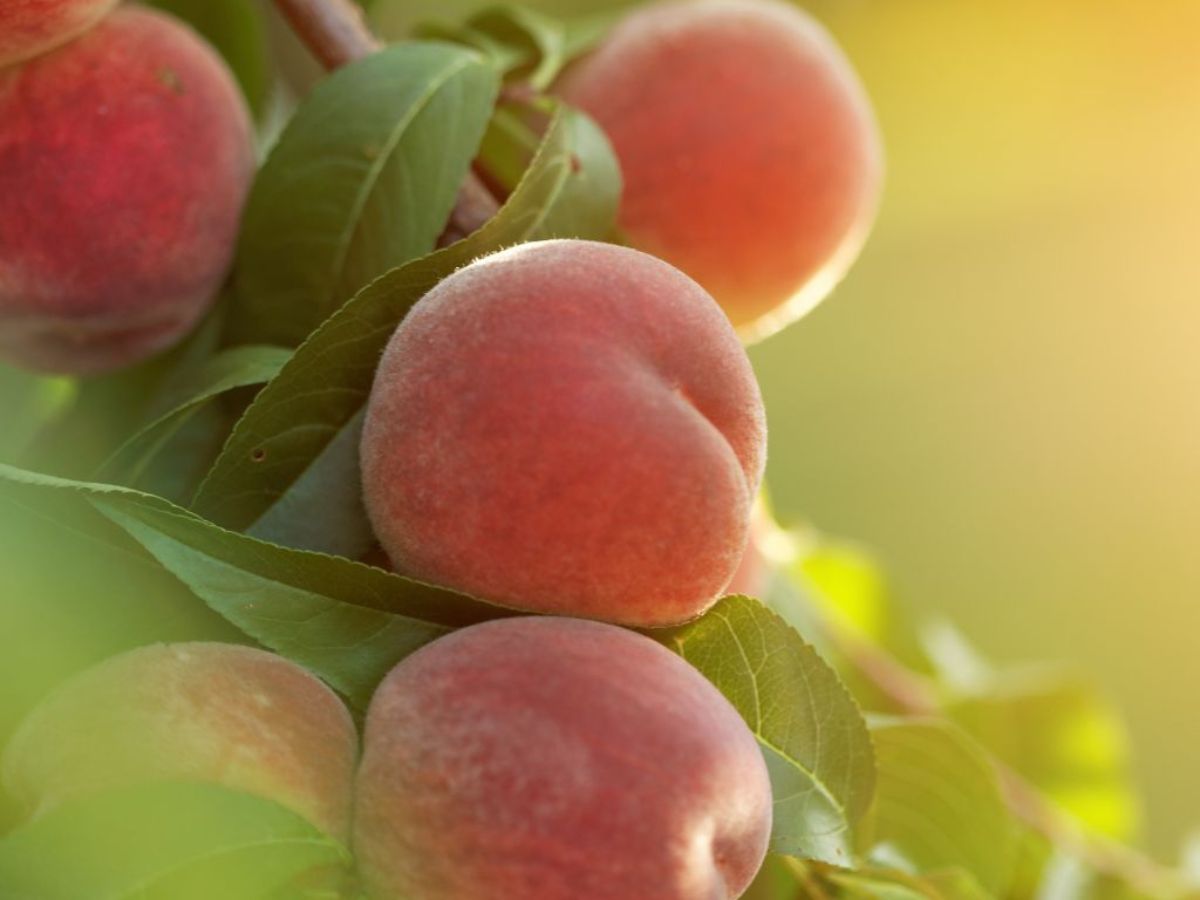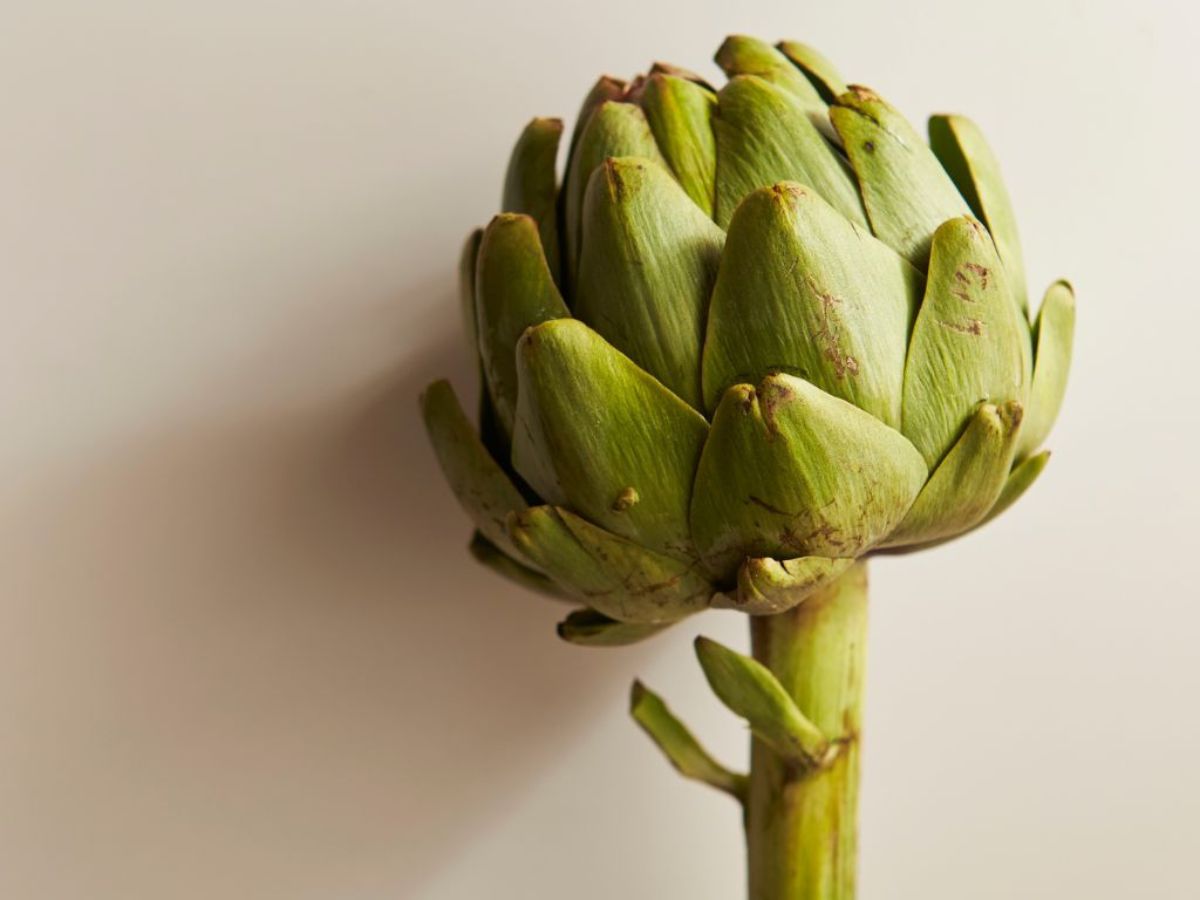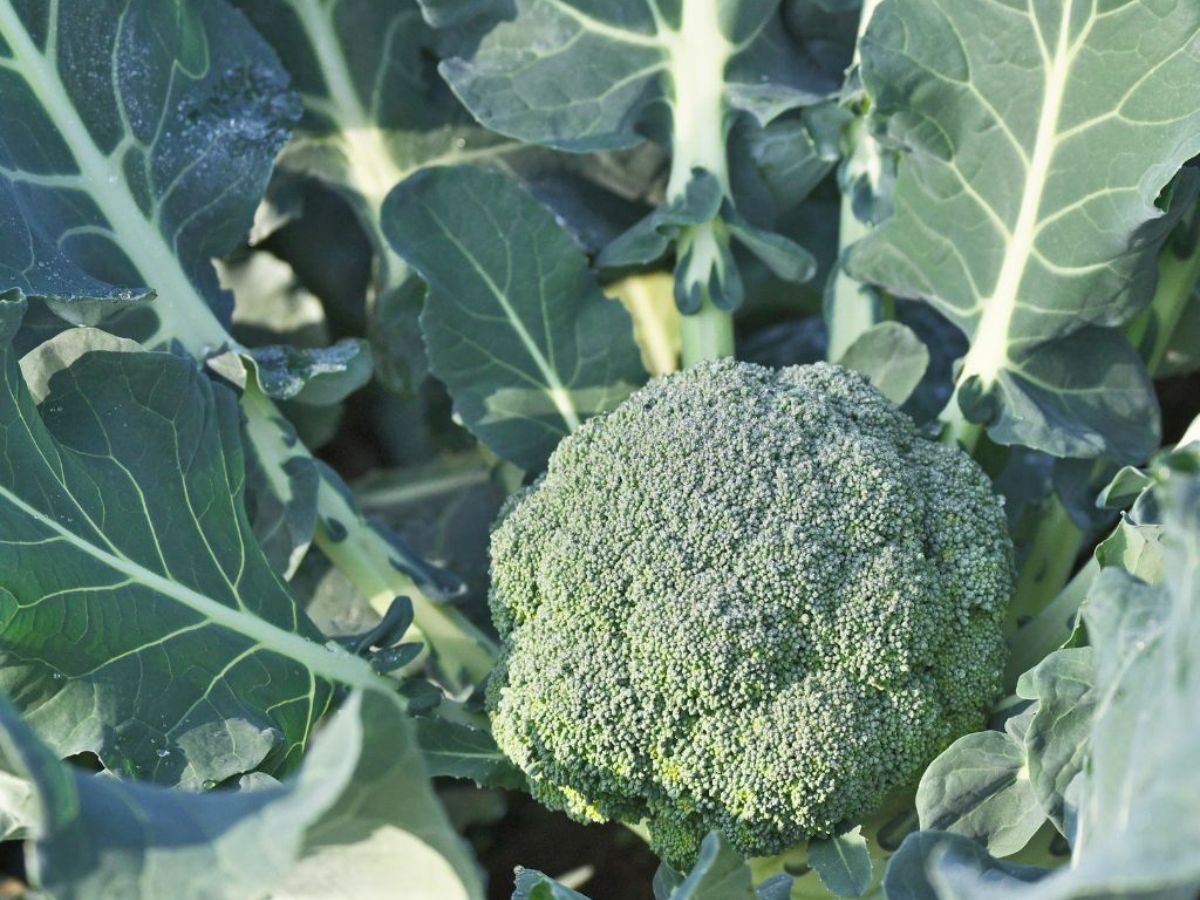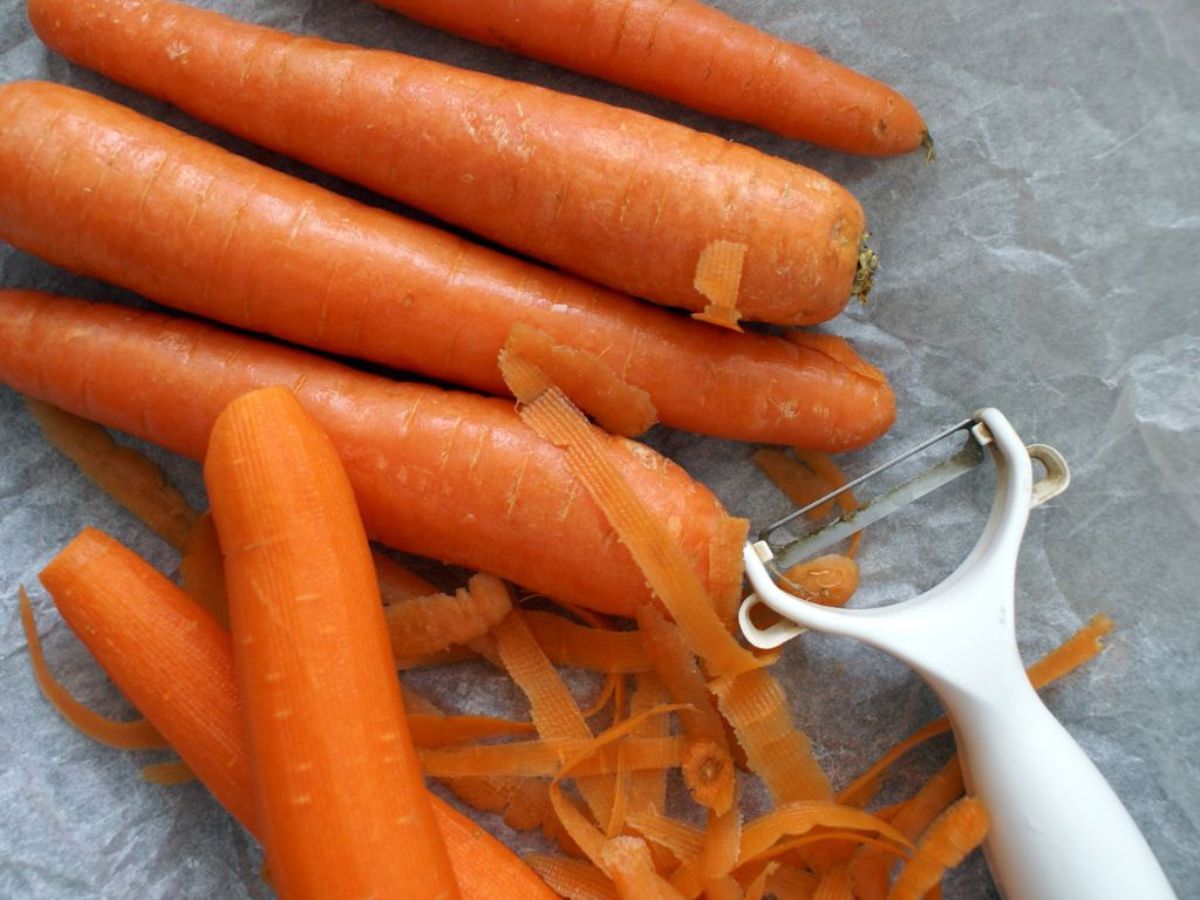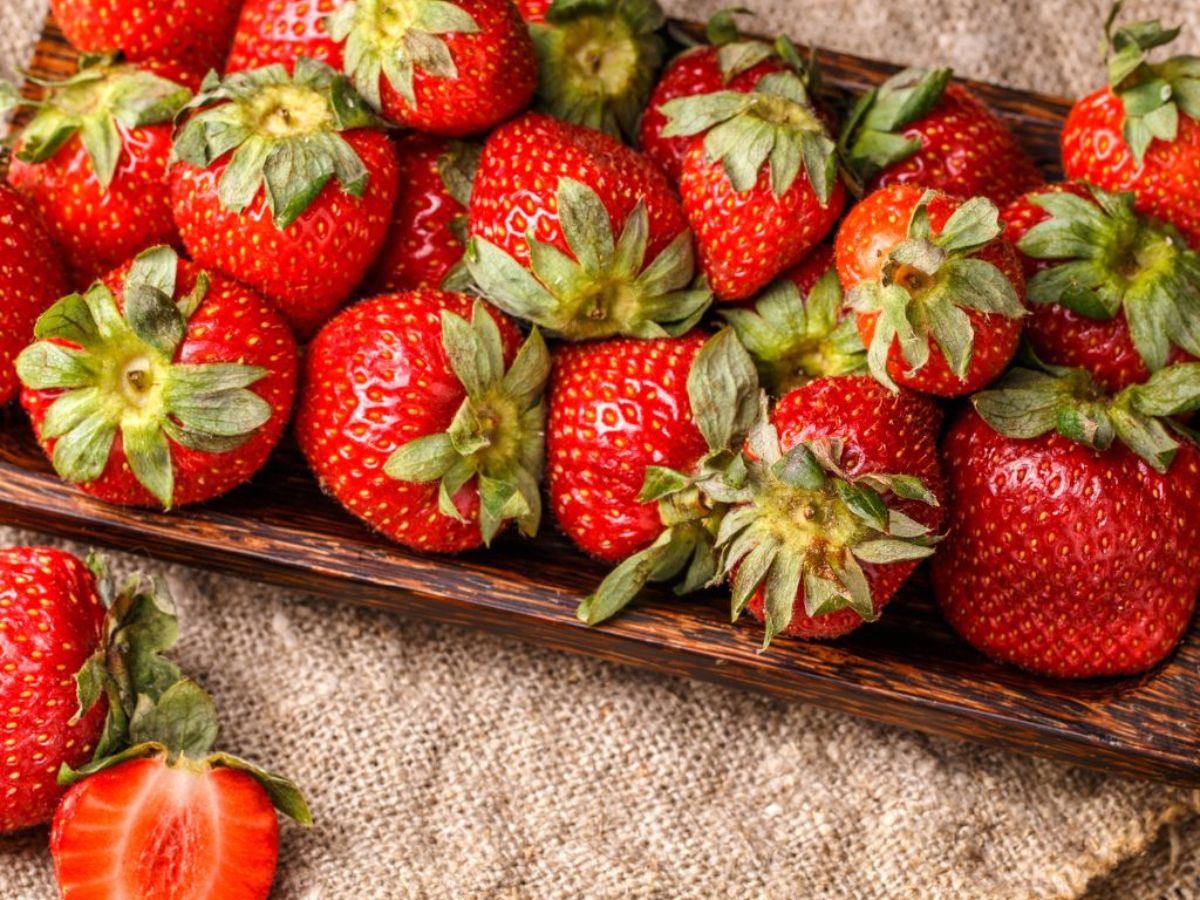When it comes to vegetables, most of us are guilty of tossing out bits and bobs without realizing how delicious and nutritious they actually are.
In our quest for the perfect meal, we often overlook parts of veggies that are edible, tasty, and sometimes even more nutritious than the parts we typically eat.
But what if I told you there’s a whole world of underappreciated, often discarded veggie bits that can elevate your meals? It’s all about getting creative, reducing waste, and making the most out of what we’ve got.
So, let’s dig into 33 parts of vegetables you didn’t know you can eat, inspired by the ethos of eating better and wasting less.
1. Broccoli Stems
We’re all familiar with those lovely florets, but the stem? It’s often the first thing to hit the bin.
However, peeled and thinly sliced, broccoli stems have a crisp, slightly sweet flavor. You can toss them into stir-fries or shave them thin for salads. Don’t let the stems go to waste — they’re brilliant!
2. Carrot Tops
Carrots themselves are a humble star in many dishes, but the leafy greens attached to them often get binned. These tops are bright and herbaceous, perfect for pesto or as a garnish in soups. A little carrot top pesto, anyone?
3. Beet Greens
Most people use beets and chuck the leafy greens. Big mistake! Beet greens are nutrient powerhouses and can be sautéed like spinach, added to salads, or blended into smoothies for a hit of green goodness.
4. Cauliflower Leaves
The outer leaves of cauliflower are often overlooked, but when roasted, they become crispy and caramelized, perfect as a snack or tossed into a warm salad.
Just drizzle with olive oil, sprinkle with salt, and pop in the oven.
5. Celery Leaves
Most of us reach for celery stalks, but those delicate leaves at the top are full of flavor. Use them as a fresh herb in salads, soups, or sauces — they’ve got a subtle celery zing that brightens up dishes.
6. Radish Greens
Radish greens are often discarded, but they shouldn’t be! These slightly peppery leaves are ideal for sautéing or adding to a salad. They also work wonders in soups, adding a slight bitterness that pairs well with sweet vegetables.
7. Pumpkin Seeds
Roasted pumpkin seeds are a well-known snack, but did you know that you can eat the seeds from any type of squash? Give them a good rinse, toss in some spices, roast, and you’ve got a crunchy, nutritious topping for salads or soups.
8. Chard Stems
Swiss chard leaves are often used in cooking, but the vibrant stalks are just as tasty. When cooked, they become tender and flavorful. You can sauté them with garlic and olive oil or toss them into a stir-fry.
9. Kale Stems
Kale stems are usually thrown away, but these crunchy parts can be chopped up and added to soups or stir-fried for a bit of texture. They’re a bit tougher than the leaves but pack a satisfying crunch.
10. Onion Tops
While most of us use the bulb of the onion, the green tops are delicious too! Think of them like scallions. Slice them thinly and use them as a garnish for soups, salads, or grilled meats.
11. Fennel Fronds
Those feathery tops on fennel bulbs can add a burst of anise-like flavor to your dishes. Use them as a fresh herb in salads, mix them into dressings, or sprinkle over roasted vegetables for an added touch of flavor.
12. Cucumber Peels
If you buy organic cucumbers, keep the peels! They’re loaded with fiber and antioxidants. Toss them into smoothies, or chop them into salads for a refreshing crunch.
13. Sweet Potato Leaves
The leaves of the sweet potato plant are edible and packed with nutrients. Sauté them like spinach or add them to stir-fries. They have a mild flavor that works well in a variety of dishes.
14. Zucchini Leaves
You can actually eat young zucchini leaves! While the older leaves can be tough and bitter, the tender ones are delicious in stir-fries and stews. Give them a quick blanch, and you’re good to go.
15. Corn Husks
Corn husks are typically used to wrap tamales, but did you know you can grill them and use them as a wrap for meats and fish? They impart a subtle, sweet corn flavor.
16. Tomato Leaves
Tomato leaves can be used sparingly in cooking. They have a unique, slightly bitter taste that adds depth to sauces. Try adding a couple of leaves to your next tomato sauce for an earthy undertone.
17. Parsley Stems
We usually use parsley leaves, but the stems are packed with flavor and can be chopped up and added to stocks, soups, or even pureed into sauces like chimichurri.
18. Coriander Roots
Coriander roots are commonly used in Southeast Asian cuisine. They’re intensely flavorful and can be added to curry pastes, marinades, and soups for a burst of herby goodness.
19. Leek Greens
Leeks are often used in soups, but the dark green tops are usually discarded. However, they can be tough if cooked incorrectly. Slow cook them in soups or use them to make a flavorful stock.
20. Cabbage Core
When chopping cabbage, we often toss the tough core. But when thinly sliced and cooked, it softens and absorbs flavors wonderfully. Add it to stir-fries, soups, or simply sauté it with a bit of butter.
21. Turnip Greens
Turnip greens are nutrient-dense and have a slightly bitter flavor that pairs well with fatty meats or sweet vegetables. Sauté them with garlic and olive oil for a simple side dish.
22. Pea Shoots
Pea shoots are the young leaves of the pea plant and are often overlooked. They have a sweet, delicate flavor, perfect in salads, sandwiches, or as a garnish for soups.
23. Brussels Sprout Leaves
While we normally eat the little sprouts, the larger outer leaves can be roasted or sautéed. They become tender and slightly sweet, making them a great addition to your vegetable rotation.
24. Squash Leaves
Tender squash leaves, like pumpkin or zucchini, are edible and delicious. Blanch them first to soften, and then sauté with garlic and chili for a simple, tasty side.
25. Asparagus Ends
The woody ends of asparagus are often discarded, but don’t throw them away! Instead, peel them and use them in soups or stocks. They’ll add a subtle asparagus flavor to your base.
26. Celeriac Leaves
Celeriac is a root vegetable, but its leaves and stems are also edible. They have a celery-like flavor and can be used to garnish soups or salads, or mixed into stocks.
27. Watermelon Rinds
It might sound odd, but watermelon rinds are totally edible. You can pickle them for a crunchy, sweet-sour treat, or blend them into smoothies for added fiber.
28. Peach Leaves
Peach leaves can be used in small quantities to flavor desserts like custards or infuse them into syrups. They give off a subtle almond-like flavor that’s absolutely delightful.
29. Artichoke Stems
When preparing artichokes, we often toss the stems, but they’re edible and tender if peeled. Cook them along with the heart for a little extra tasty bit.
30. Banana Peels
It might seem strange, but banana peels are edible and rich in nutrients. They’re often used in Indian cooking, especially in curries. Just be sure to wash them well, and cook until soft.
31. Broccoli Leaves
Broccoli leaves are like a cross between kale and collard greens, and they’re absolutely delicious. Sauté them or roast with a bit of olive oil and sea salt for a crispy snack.
32. Carrot Peels
Instead of peeling carrots and throwing the skins away, why not fry them up? They become crispy and are a fantastic topping for salads, soups, or just as a crunchy snack.
33. Strawberry Tops
That leafy green bit on top of strawberries? Totally edible! You can blend them into smoothies or make a refreshing strawberry leaf tea.
The next time you’re prepping veggies, think twice before tossing those so-called “scraps.”
You’ll not only reduce waste, but you’ll also discover new flavors and textures to experiment with in the kitchen.
Many of these discarded veggie parts are packed with nutrients and can be used in various dishes to create something extraordinary. So why not get creative, and make the most of every part of the vegetable?
By eating from root to leaf, you’re not only saving money, but you’re also doing your bit for the environment by reducing food waste. Now, that’s what I call a win-win!

